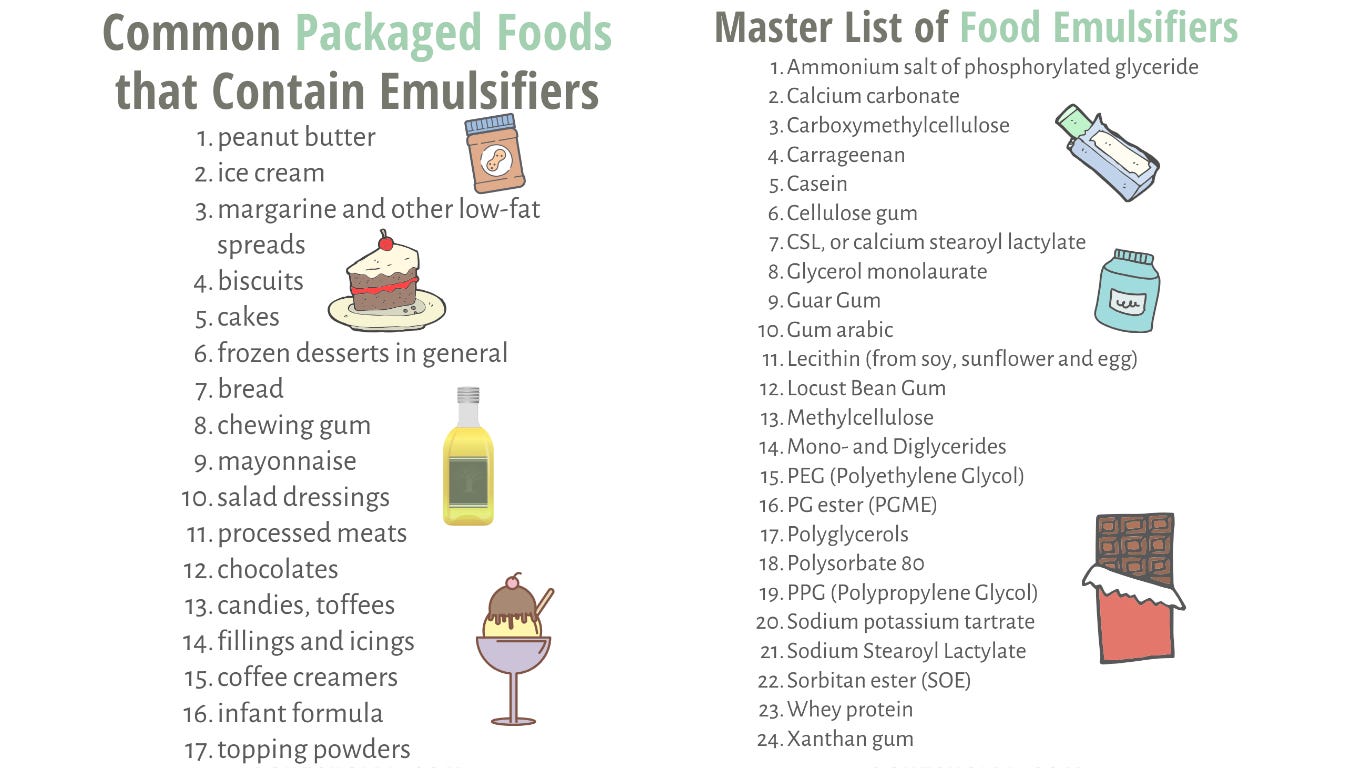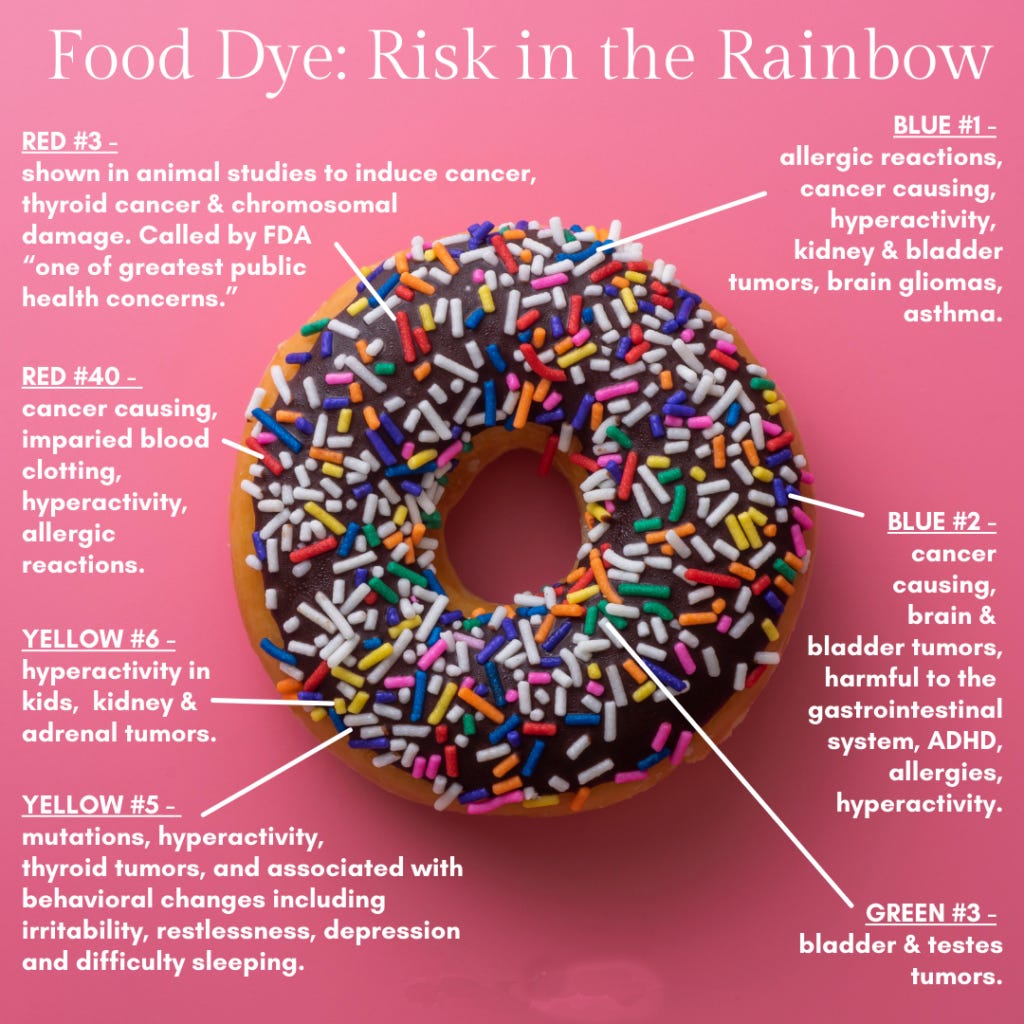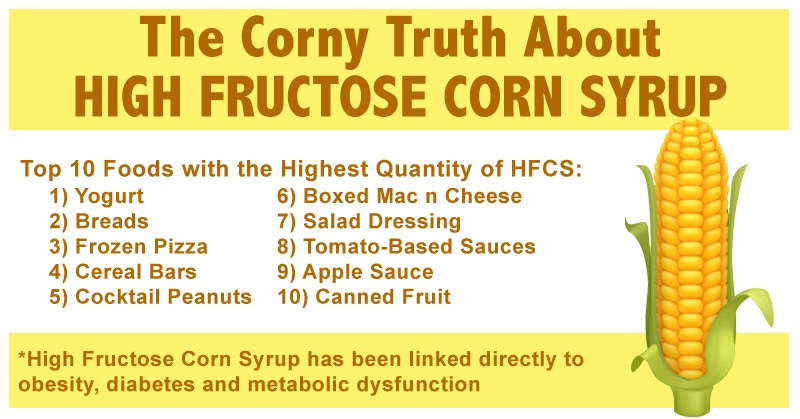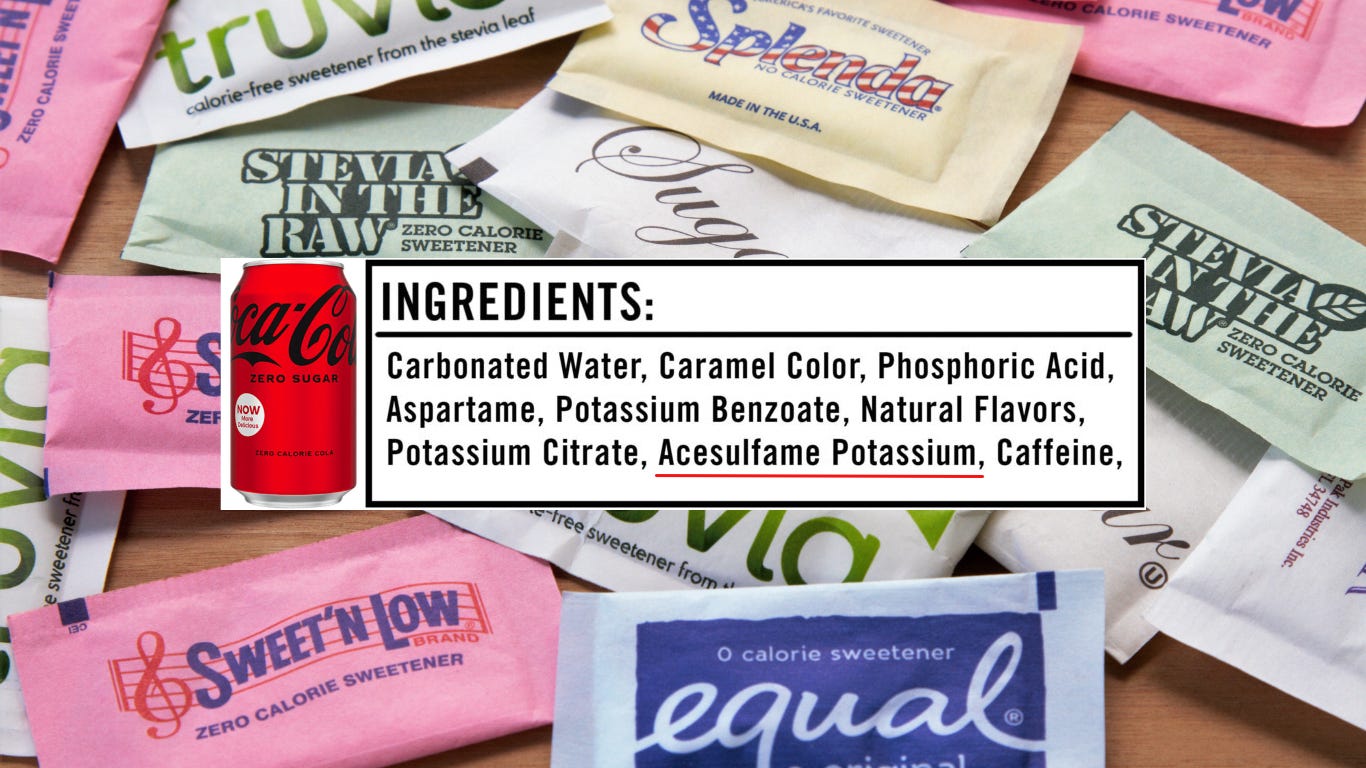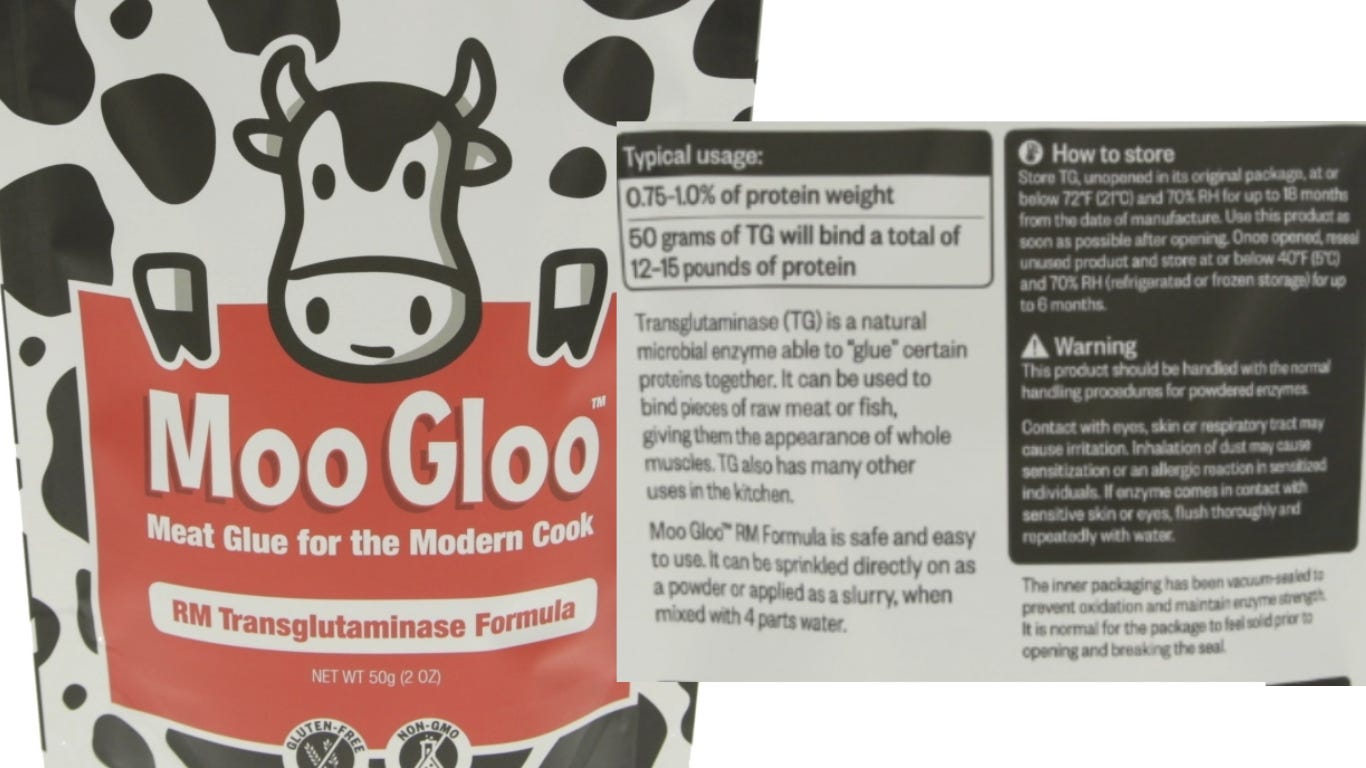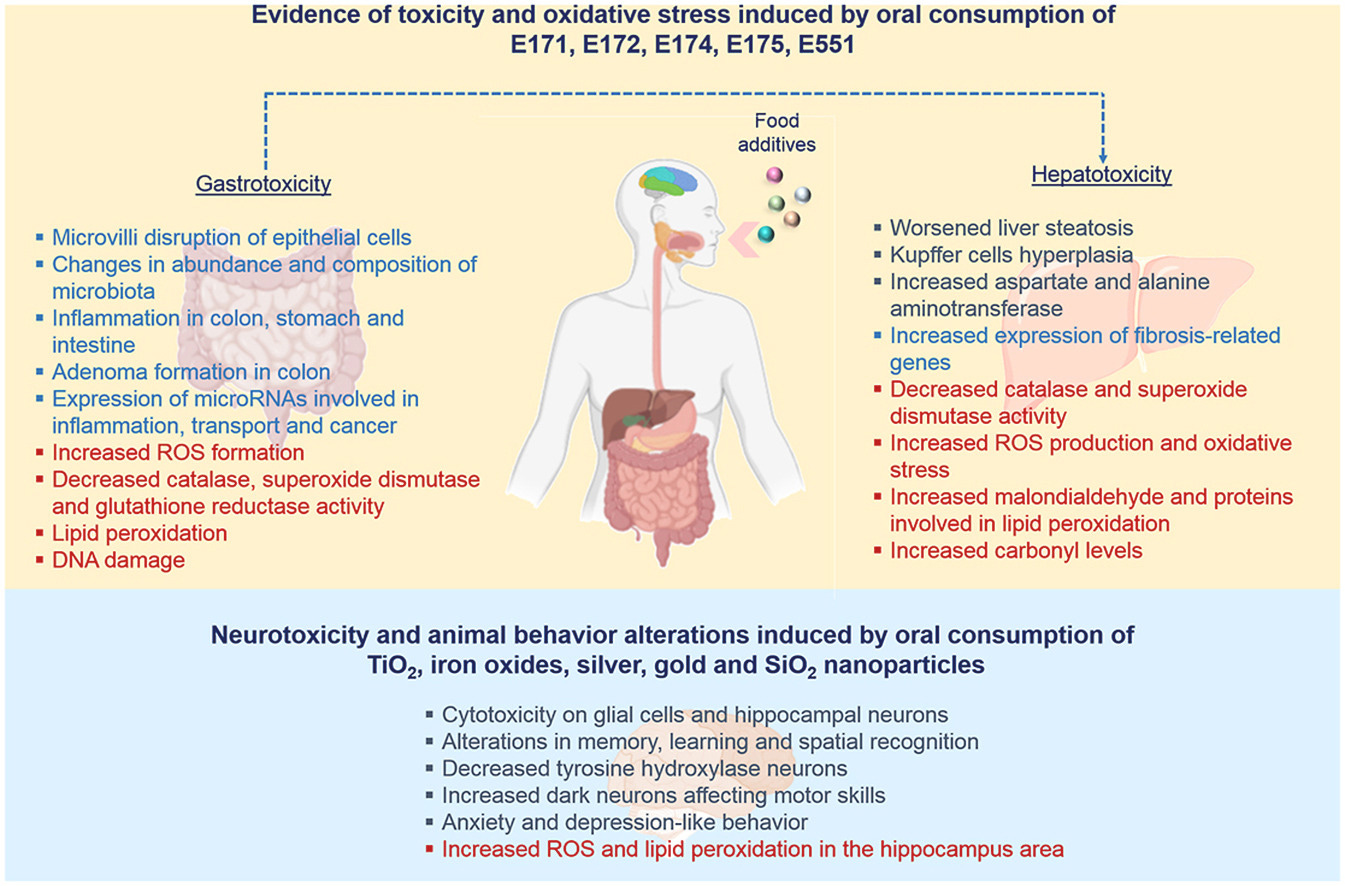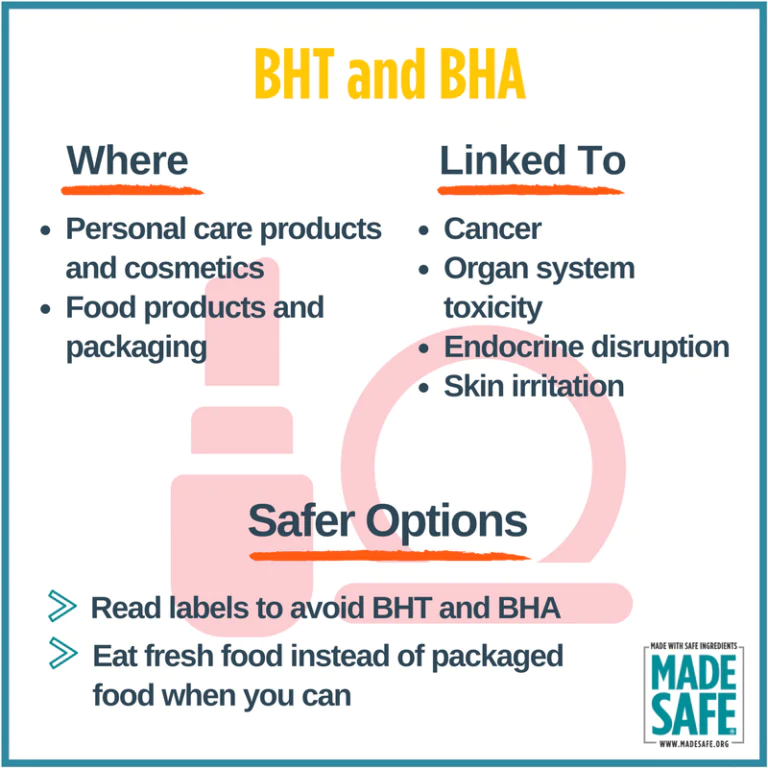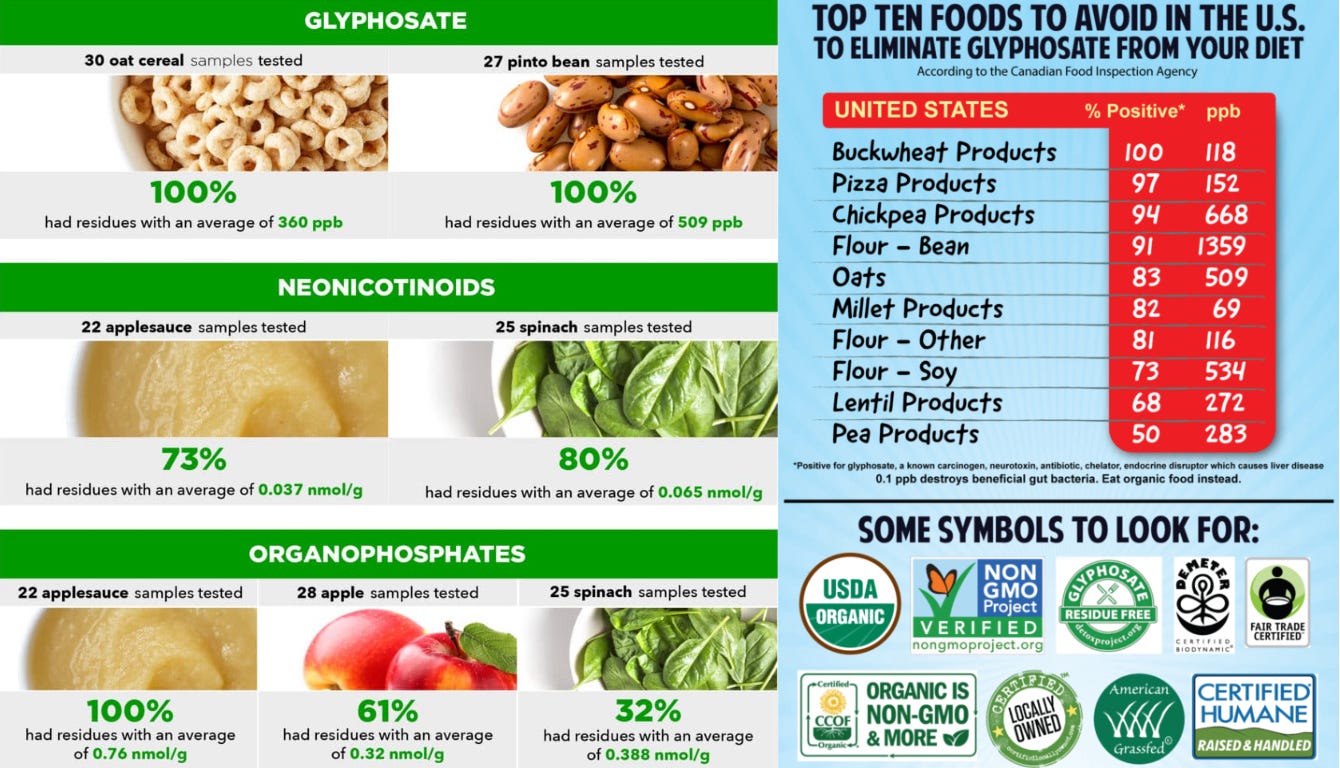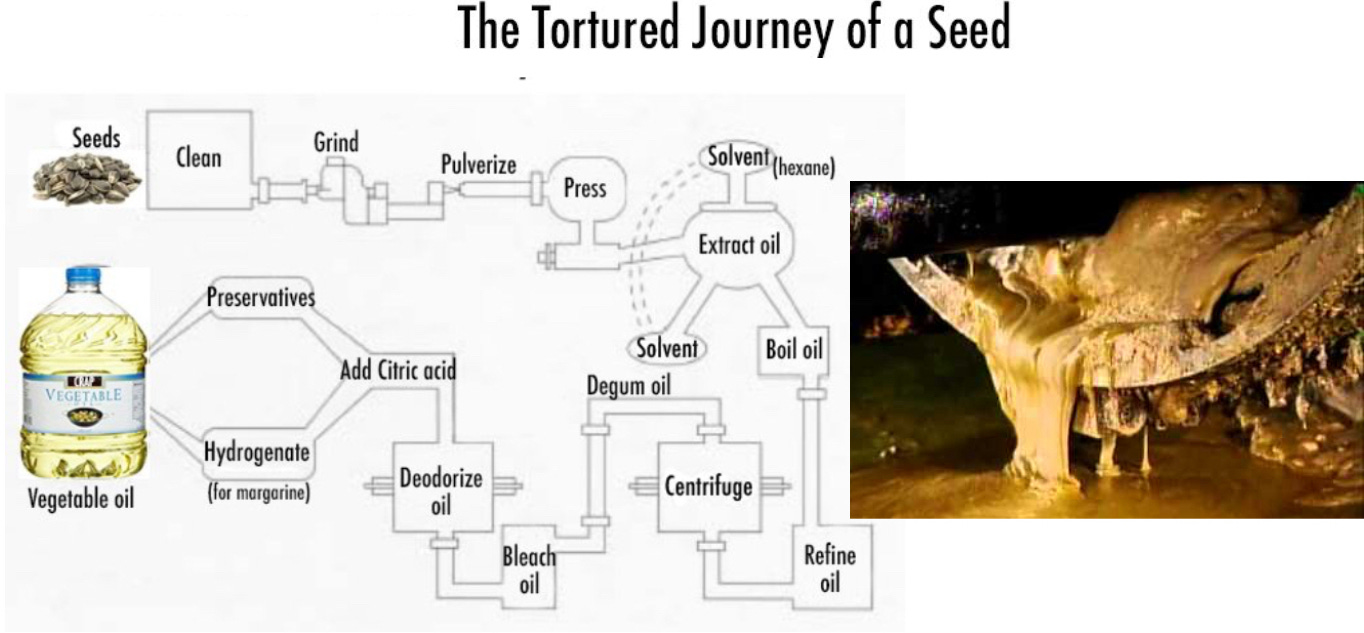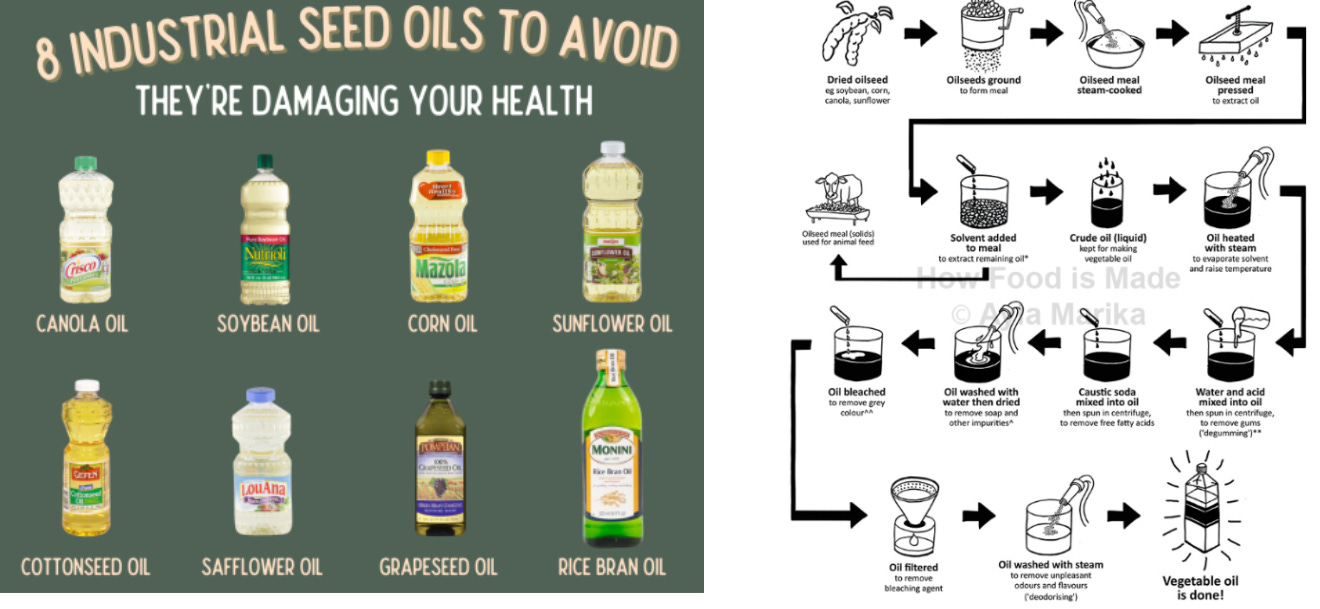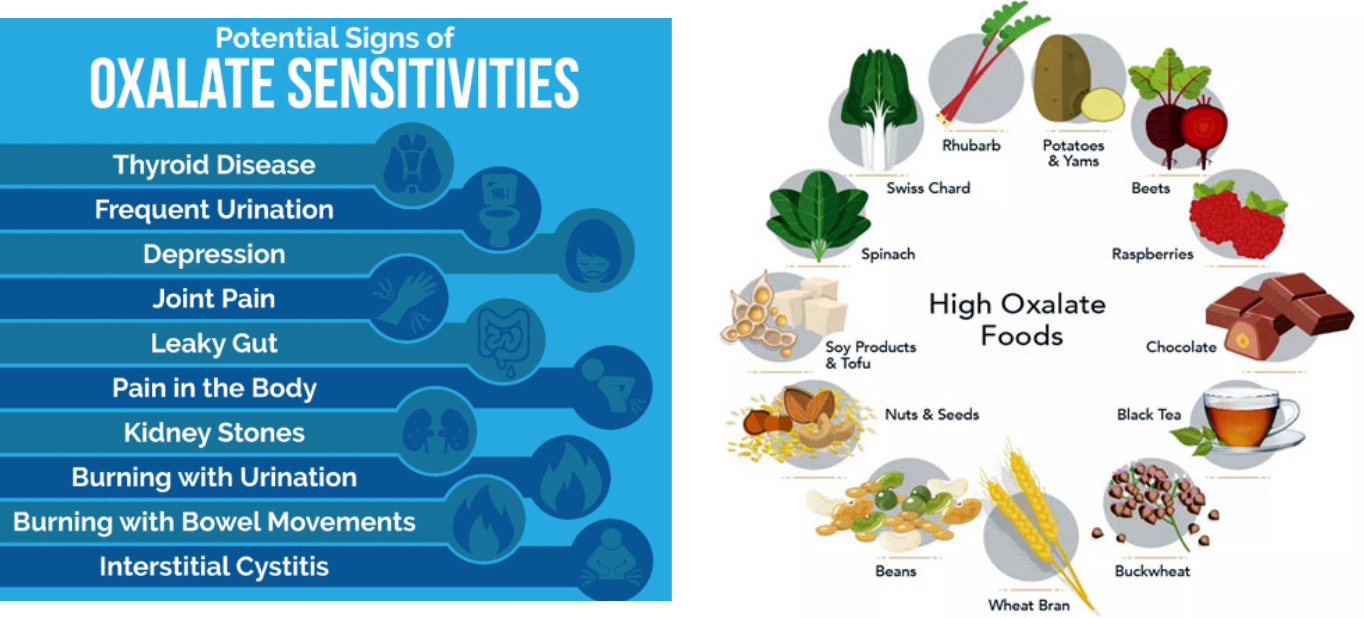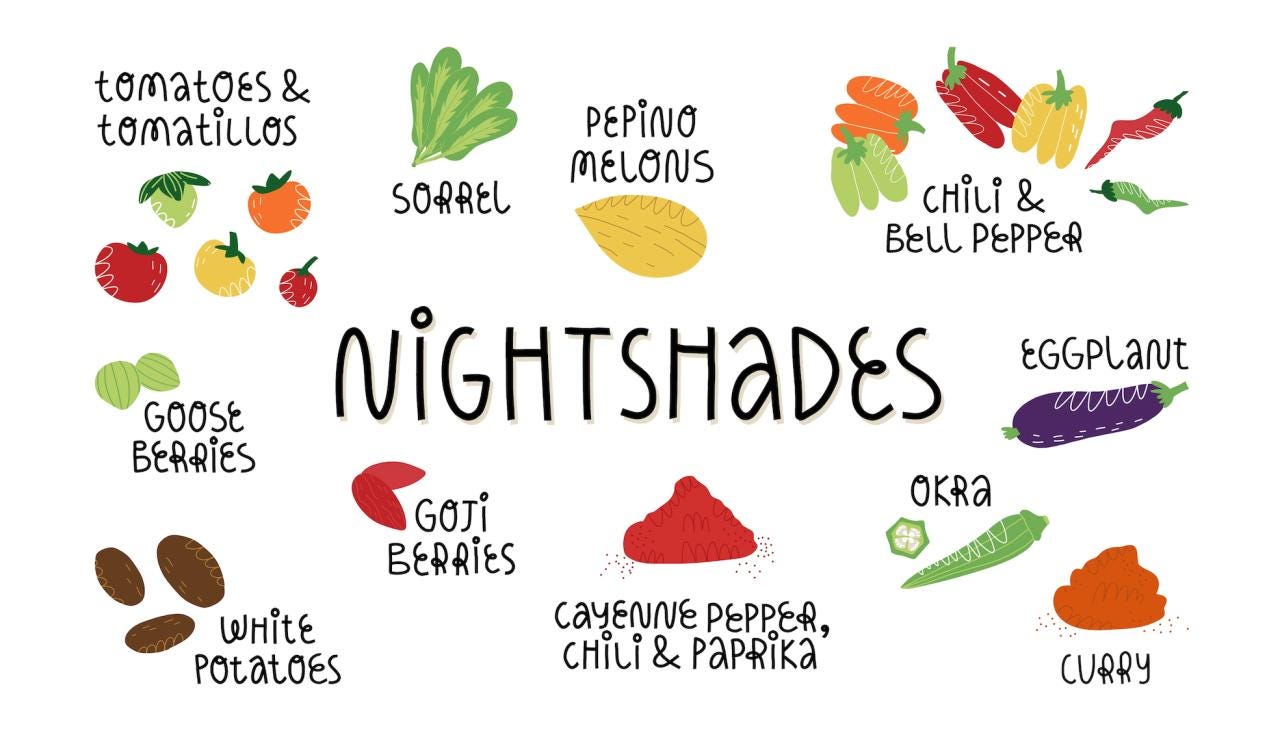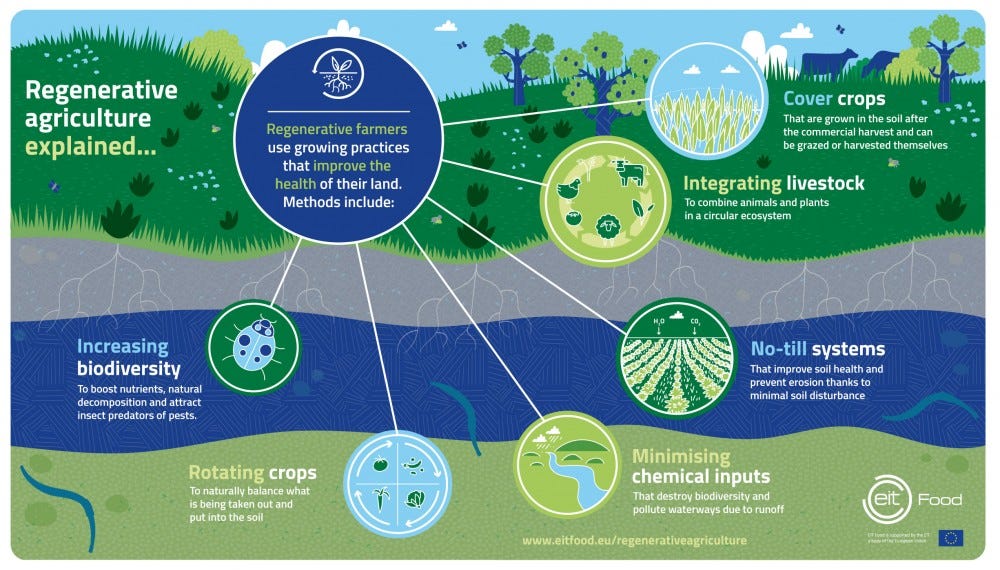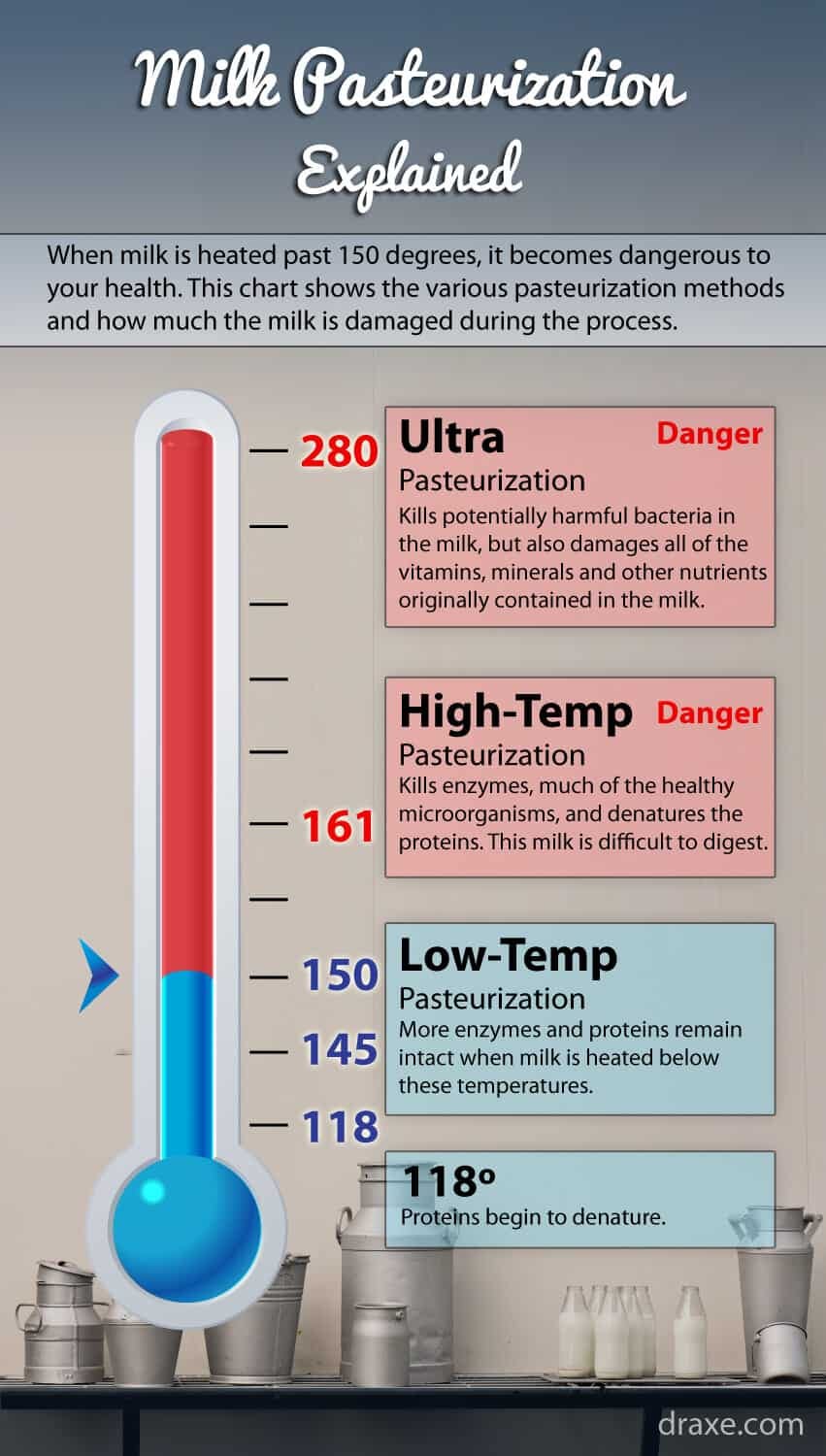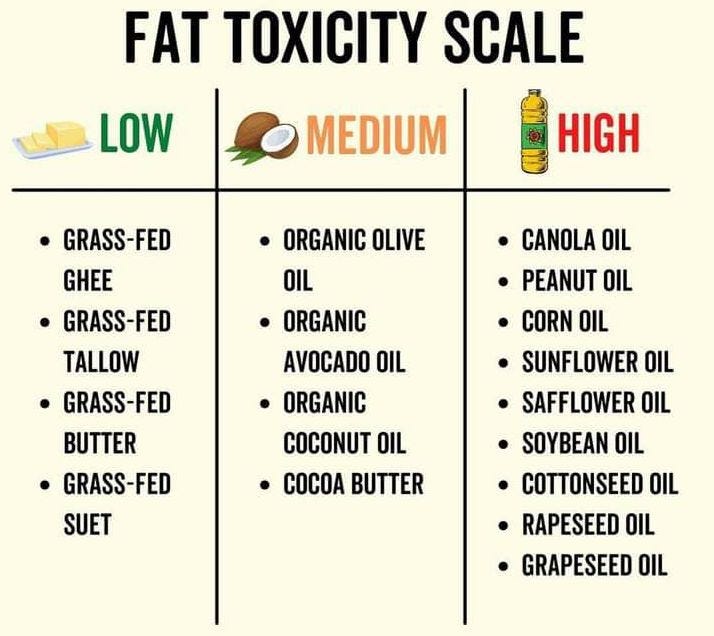The Complex Human System and the Role of What We Eat Part 2
Foods that Lead to Inflammation. The Impact of Industrial Foods on You and the Planet... Fun Times with Nutrition.
Foods that Lead to Inflammation
Picking up from where we left off last time. Let’s get into foods and processed foods that lead to inflammation and eventually illness. We’ll start with what our modern diets have become very abundant in…. Processed Food.
Processed food: What is processed food? There are degrees of “processed”. For our purposes let's say that the further something is from its natural state the more processed it is. This means flour is more processed than a whole grain but less processed than pasta or bread. And not all processing is inherently “bad”. Some processing makes food more digestible and more activated i.e. fermentation. Apple cider vinegar is more processed than apples and its processing makes its one of the most potent superfoods commonly available.
Not all processing is as beneficial. Much processing is specifically designed to make food products more shelf stable (so they last longer in the stores and in your cupboard) and flavor enhanced (which tricks your body into wanting more). Processing also allows companies to create many products from a mass supply of a specific monocrops ie. corn, wheat and soy. Creating a sense of diversity opens up the door for marketing, advertising and the illusion of choice and variety. Variety is something we’ve grown accustomed to in modern diets, however, in nature variety is really only something that comes with seasonal changes or roaming. There are many different ways to consume corn, wheat and soy. Snack foods in particular are among the worst offenders… chips, crackers, pretzels, pastries, candy etc. But also staples like pastas, breads and “meat alternatives”. High fructose corn syrup finds its way into just about every plastic wrapped food product, even those labeled as health foods. Frequently these products can carry labels claiming to be healthy because they are either low fat or low calorie. But just because something is low fat or low calorie doesn't mean it can’t dysregulate your metabolism leading to inflammation and/or weight gain.
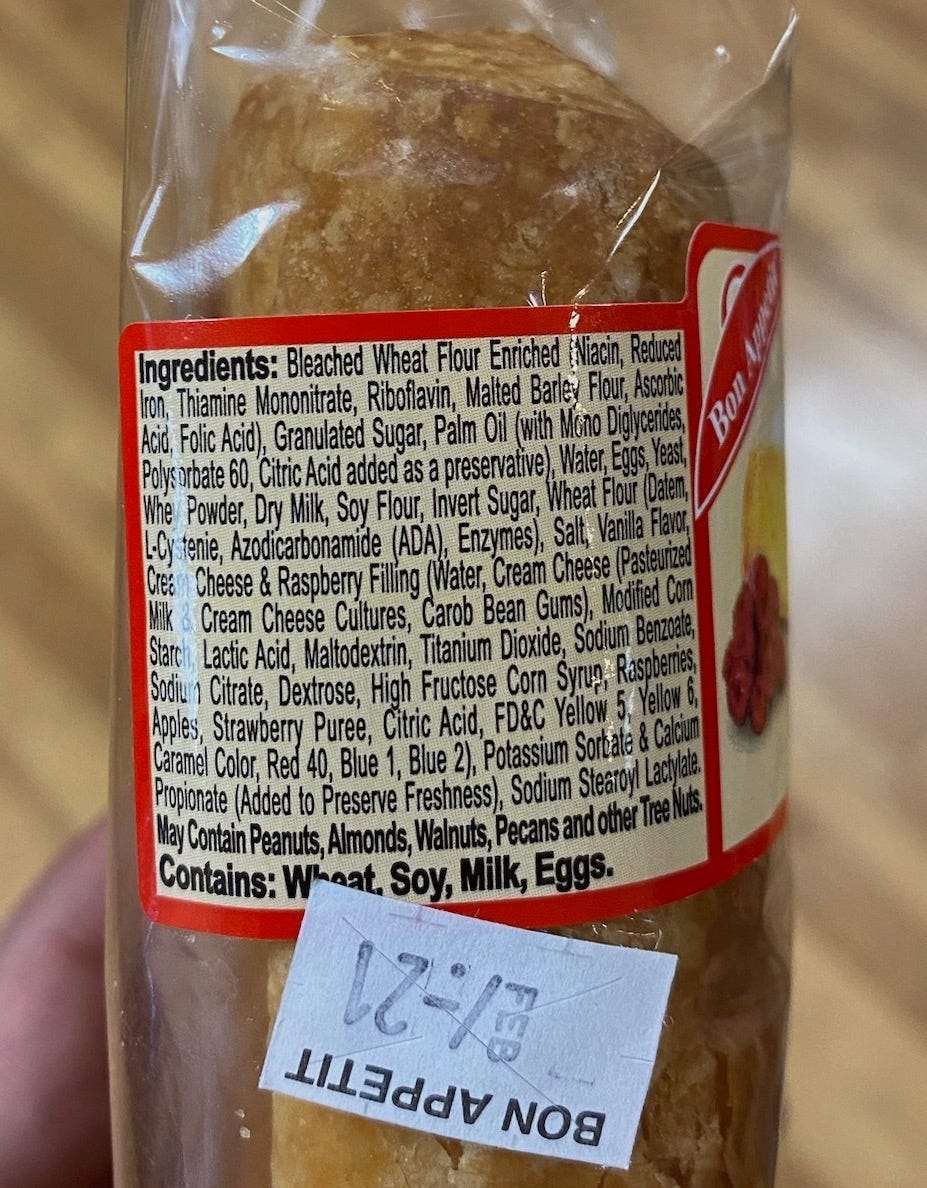
Moreover, snacking as a practice has been shown to be very detrimental to metabolic health. Once we were told that eating many small meals a day would help to increase our metabolisms, unfortunately this could not be further from the biological truth. Snacking over activates your “rest and digest” parasympathetic nervous system and down regulates your sympathetic nervous system. It also taxes the digestive system and leads to gut dysbiosis (especially when snacking on highly processed foods). Your body likes to be in either fight or flight (productivity/creativity/exercise) or rest and digest (chilling out). If you’re trying to do both its just not going to work well for either function. This leads to brain fog, fatigue, and nervous system and hormonal imbalances such as anxiety and insulin resistance. Simply put, when the body is busy digesting food it cannot dedicate energy to doing just about anything else. This means we are likely to be less productive, creative and clear headed or emotionally grounded if we are digesting all throughout the day. In another entry we’ll talk about all the benefits of strategic fasting… be it for 16 hours, 24, hours or even 72 hours and more. It deserves its own time and space.
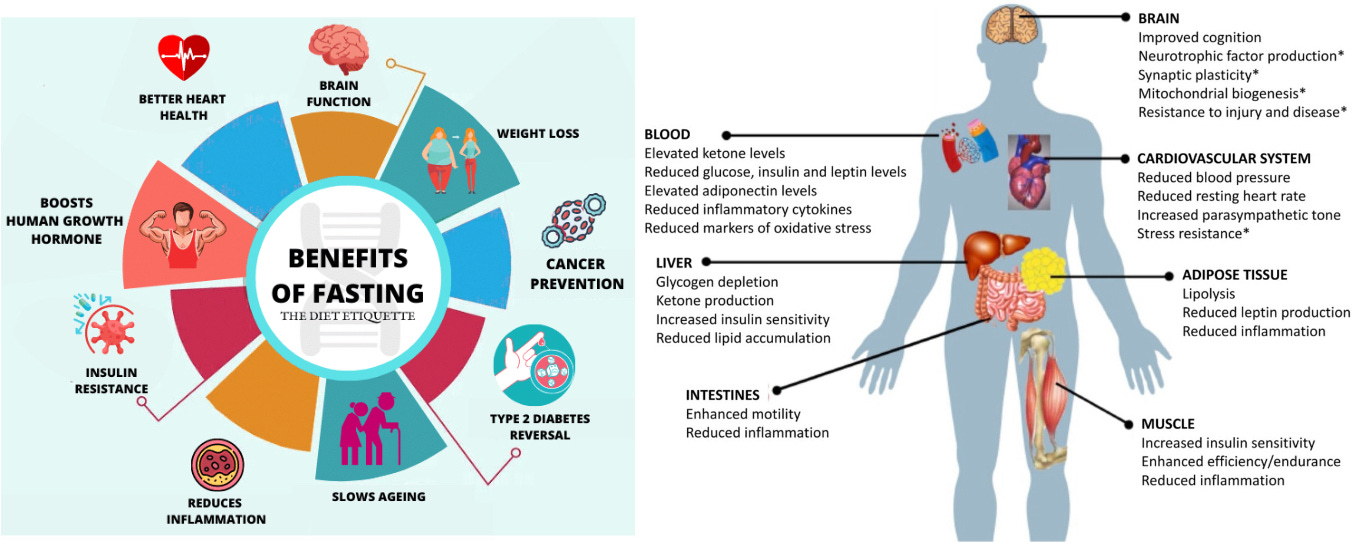
If you’re my patient, you’ve likely heard me say to avoid anything that comes in a cardboard box or out of plastic wrap. Buy food that if you didn’t eat it, after a week, unrefridgerated, it would be rotten. Generally these two guidelines will help ensure that you are not consuming foods laden with preservatives and an excessive amount of processed carbohydrates.
Common Food Additives Contributing to Inflammation and Leaky Gut
Look back to my first post for more information on Leaky Gut. Food additives are substances added to food products to “enhance” taste, texture, color or increase shelf life. Many of these additives have a detrimental effect on the gut lining and lead to inflammation that can move through the body. Pretty much anything that is processed contains some degree of additives. Check labels thoroughly. Everything from ice cream, crackers, chips, noodles, breads, pastas, milk alternatives, plant based meat replacements, etc etc etc are prone to being rich in inflammatory additives. These substances are irritating to gut lining on a microscopic level and create an unhealthy environment for gut bacteria to thrive in. This leads to inflammation that spreads from the gut into the blood and then through the body.
Emulsifiers (soy lecithin, carrageenan, polysorbates, mono and diglycerides, etc): Emulsifiers very basically change textures of food products by creating bonds between substances that don’t mix well (think oils and water). Even though they are classified by the FDA as GRAS (Generally Recognized as Safe), they have been shown to negatively impact gut bacteria, lead to gut inflammation, cause weight gain and metabolic syndrome. Emulsifiers are prevalent in products from almond milks to toothpastes.
Food Coloring (Blue 1, Blue2, Citrus Red 2, Green3, Red3, Red40, Yellow5, Yellow6, the list goes on): Many artificial colorings are indigestible and bind to proteins in foods making them difficult or impossible to break down in the digestive tract. They are known to cause gut inflammation, contain known carcinogens, and cause hyperstimulation impacting behavior in children and adults.
MSG: known as E621 in the food “industry” has been shown to promote the development of gastritis, gastric ulcers and intestinal cancers. Glutamate, the main component of MSG, is an amino acid that acts as an excitatory neurotransmitter. In the blood or if it crosses the blood brain barrier it can contribute to many different neurological conditions including depression, mood swings, anger, migraines, headaches, dizziness, light-headedness, loss of balance, disorientation, mental confusion, anxiety, panic attacks, and hyperactivity.
Added Sugar (high fructose corn syrup): is added for flavor in substitution of fat, it increases blood sugar levels, negatively impacts the gut microbiome, can lead to conditions like SIBO, insulin resistance, cardiovascular inflammation, elevated triglycerides and fatty liver.
Zero Calorie Sweeteners: Stevia is heralded for not negatively impacting insulin response however studies over the last couple years have shown that it can disrupt communication within the gut microbiome. So while Stevia is the safest from an insulin perspective, it should still be approached with a degree of caution for its possible impact on the health of the gut microbiome which can lead to dysbiosis, inflammation, weight gain and alternative paths to diabetes.
Sucralose, commonly known as Splenda, has been shown to elevate cephalic insulin response. This means the body releases insulin simply from tasting sweetness, calories or not. When Splenda is paired with a carbohydrate rich diet this result is amplified which has been shown in studies to quickly lead to insulin resistance… to the extent that one study was canceled for the safety of its participants. Another study which followed 60,000 women for 14 years found that women who regularly consumed drinks with artificial sweeteners had double the incidence of diabetes than those women who consumed sugar sweetened beverages.
Saccharin, also known as Sweet and Low, has been shown to negatively affect how humans respond to natural sugars essentially impairing the insulin response and making it more difficult for bodies to absorb sugar out of the blood.
Aspartame has been shown in mouse studies to produce inheritable intergenerational anxiety. This means that individuals two generations down were still feeling the effects of aspartame consumed by their grandparents. Mouse models are frequently used to test intergenerational effects that would take too long to observe in human subjects. While we may look very different, the genetic coding between mice and humans is about 85% identical, and in some parts 99%.
Acesulfame K, found in products like Coke Zero, has been shown in animal studies to induce neurological and metabolic dysfunction.
Artificial sweeteners as a whole are seen to negatively impact the gut microbiome. They confuse the body and distort the way the body responds to natural carbohydrate consumption effectively contributing to the same metabolic issues they claimed to bypass. I would recommend avoiding any food with artificial sweeteners.
Microbial Transglutaminase: aka meat glue is an enzyme used to change the shape and texture of many meat and cheese products. It is known to impact gut health and exacerbate conditions like Celiac. Its use is also associated with bacterial contamination. When eating meat, it's best to just eat organic grass fed meat and not deli meat or pressed types of meat. When eating cheese opt for higher quality raw cheeses and not cheese “products”.
Anticaking agents: Silicon Dioxide (known as E551 in the food industry) and Sodium Ferrocyanide are common anticaking agents used to keep food products from getting clumpy. They are GRAS “generally regarded as safe” in small quantities. However these nanoparticles are very heavily used in many products so the marker for small quantities is hard to measure depending on your food choices. There is evidence to show that excessive long term use can cause gastrointestinal issues such as leaky gut. I first noticed anticaking agents when I checked the label of a rotisserie chicken before buying it. I ended up leaving it at the store.
Preservatives: sodium benzoate, sodium nitrite, potassium nitrate, sulfur dioxide, calcium sorbate, butylated hydroxy anisol (BHA), butylated hydroxl toluene (BHT), tert-butylhydroquinone etc. Exposure to many of these preservatives has been linked with the development of food allergies and sensitivities including eggs, nuts, milk etc. And like all the other additives has been shown to negatively affect the gut microbiome leading to many downstream inflammatory issues.
Pesticides: Pesticides and insecticides like glyphosate, neonicotinoids and organophosphates have been reported to increase the risk of cancer, endocrine-disruption, celiac disease, autism, erythrocyte dysfunction, leaky-gut, and various autoimmune conditions. They are found in varying high levels soaked into many everyday monocrop based food products as well as conventional fruits and vegetables. Eating organically helps you avoid pesticide residue and support systems of clean farming which are better for the environment.
Seed Oils
In the late 1800s and early 1900s cottonseed oil was used for lighting fuel and was considered toxic waste. Proctor and Gamble then discovered that through a process called “hydrogenation” they could turn that toxic waste into a solid fat and sell it for cooking. This is how Crisco was born and sold as an alternative to lard.
Seed oils are extracted from seeds through an extremely high temperature pressing. These oils are rich in Polyunsaturated Fatty Acids (PUFAS). They are easily oxidized in processing, essentially making them rancid and toxic to the digestive system. The processing makes them smell and taste terrible so they are further processed with chemical deodorizers, solvents such as hexane and washed in sodium hydroxide, all of which remain as residue when they are bottled for consumers. The plants from which seeds oils are made are part of the monocropping industry which means they are laced in pesticide residue and are inherently detrimental to the environment. More on Monocropping further down. They are well known to cause a host of digestive issues which are linked to a variety of inflammatory and autoimmune issues. They are strongly linked to issues around obesity and infertility. These industrial products are among the most common cooking oils in restaurants which is of high concern since the repeated reheating creates even more oxidative damage. Seed oils are a big business and their prevalence means they make their way into many different food products from snack crackers and ice cream to “health” bars, nut butters and all sorts of plant based meat replacements. Flat out, Seed Oils and PUFAS are one of the most important things to be aware of if you want to maintain low inflammation and all around general health. They ripple through every system of the body.
Canola, Corn, Soy, Cottonseed, Safflower, Sunflower, Grapeseed and Rice Bran are the main seed oils. Peanut oil and Vegetable oil can also be lumped into this category for safe measure as most of them are very low quality, full of chemical residue and oxidized in processing and storage.
Plant Toxins and “Antinutrients”
Plants are no different than any other life form. They want to live and they want to see their genes reproduced through their lifecycle. To ensure this they have evolved to encourage and discourage certain behaviors from the other lifeforms in their environment, mainly animals, including humans. Whereas animals can fight and run to protect themselves from being eaten, plants are naturally very rooted. This means they had to develop chemical boundaries and defenses to ensure their survival. Plants are naturally endowed with certain “toxins”. It is that inherent toxic nature that allows them, in diluted form, to be used as medicines in traditional practices across the world. Most plants if you were to pick them straight out of the ground and eat them would make you sick, at the very least cause indigestion. Through selective breeding over thousands of years humanity has been able to reduce the toxicity of different plant families to make them more digestible. This was an incredibly important practice as humanity itself became more rooted and less nomadic and had to deal with the comings and goings of animal herds and the impact of seasonal changes on wild fruit and vegetation. As we adapted, we adapted plants along with us to protect ourselves from starvation. Many of the plants we are accustomed to regularly consume are still endowed with phytotoxins, defense chemicals. But now instead of killing us they have the capacity to make us feel chronically sick and tired if we overdo it. Maybe this is their way of reminding us that they are survival food and also purgative medicines at their core (more about this another time). This is generally why people feel good or even great when they transition from the Standard American Diet (SAD) to a vegetarian diet. It is their toxic and heat clearing nature that allows them to remove excess (inflammation) from stagnant systems. This is also why many people feel tired and fatigued after being on vegetarian diets for extended periods of time. Once the excess is removed, vitality is removed. This can be seen in anemia, anxiety, insomnia, migraines, hormonal imbalance and the list goes on and on. This is especially true of raw, cold, bitter vegetables. In herbal medicine cold and bitter herbs (plants) are used to clean digestive systems and any herbalist worth their weight in ginseng knows that if you over purge a system it will end up deficient. After purgation, herbs and foods that are warm and slightly sweet are used to rebuild a healthy system. This is why fruits and root vegetables make great additions to a clean diet. They are easy to digest and assimilate.
Fruit, perhaps, is the only part of the plant that wants to be eaten. Leaves perform gas exchange for plants, they collect sunlight to help the root system thrive. But fruit is a delivery system for seeds to reach the ground. Seeds themselves are purposely very difficult to digest. They are hard and covered in chemical shields to make sure if they are swallowed by an animal that they return to the soil in a nice little fertilizer package (yes, poop). The pits and seeds of many fruits are known to contain cyanide. If chewed or ground up that cyanide is released into the body. This is a fairly clear indication that nature doesn’t want you chewing and digesting seeds (or making oils out of them) The fruit flesh however is all up for grabs. Some fruits do contain oxalates but generally in lower amounts than vegetables.
What are oxalates? There are many different “toxins” plants use to defend themselves. For now we’ll focus primarily on oxalates, lectins, and alkaloids.
Oxalates are found in a variety of plant foods at various levels. They help to create physical structure in plant bodies and serve as defense against consumption and fungal infection. When consumed they bind to calcium, magnesium, manganese etc and block the absorption of minerals by the body. Their crystalline shape makes them textural irritants on the microscopic level. They are known to contribute to the development of kidney stones as well as certain forms of gout. High oxalate levels are associated with conditions from arthritis, joint pain and inflamed gums to IBS, ADD, Autism and autoimmune conditions like Hashimoto's Thyroiditis. Many seeds and nuts are high in oxalates. Almonds are incredibly high in oxalates which is one of the reasons I recommend not drinking even the fanciest brand of almond milk. Many greens including chard, spinach, and to a lesser extent kale, have very high oxalate levels. So if you’re prone to making green smoothies with almond milk, you may want to reconsider.
Lectins: Some amount of lectins are found in pretty much all foods but the highest concentrations are in seeds, grains, legumes (beans, lentils, peanuts, soy) and nightshades (tomato, potato, eggplant and peppers). Lectins are difficult to digest and serve as binders meaning they have the potential to act as antinutrients. This means that they could prevent the absorption of certain nutrients but also lead to undigested food moving through the digestive tract causing inflammation and gut dysbiosis. That's one of the reasons beans make you toot. If not properly processed and cooked lectins are known to poke holes in the mucosal lining of the gut leading to gut permeability, dysbiosis and all the downstream effects of inflammation. When lectins enter the bloodstream through the gut lining the body will mount an immune response to their presence. Gluten is a type of lectin.
Lectin-containing foods aren’t all “bad”. The trick is to soak them well and cook them thoroughly before consuming. I wouldn't recommend making grains, legumes or nightshades the cornerstones of your diet, simply because I believe there are other more nutritious foods readily available. However in moderation they are fine. I would however be wary of consuming products based on high lectin foods or consuming high lectin foods that aren’t home cooked. Commercially available legume products (including canned beans, peanut butters etc) are less likely to be as thoroughly processed as beans soaked and boiled at home in small batches. Potato chips will be higher in lectins than potatoes boiled at home. Generally boiling removes more lectins than baking.
Alkaloids: are nitrogen based compounds frequently used to make or found in drugs and poisons. Certain alkaloids can have strong medicinal properties and others can be quite dangerous. Nightshade plants (potatoes, tomatoes, peppers, eggplant) are rich in certain alkaloids that certainly won't kill you but that do pose certain issues within the human body with frequent consumption. Alkaloids can store up in the body and release under stress. Solanine and Tomatine are found in potatoes and tomatoes respectively and are known to irritate the gastrointestinal tract and block acetylcholine, a neurotransmitter related to muscle movement, autonomic function and cognitive function. The alkaloid Capsaicin is found in nightshade vegetables. Capsaicin causes the burning sensation associated with hot peppers but is also responsible for the pain relief associated when used as a topical cream. Nicotine is also an alkaloid found in nightshades and there is evidence that it may cause breakdown of the tight junctions of the gut lining.
Monocropping vs Regenerative Farming
This is a truly ethical, moral and environmental concern. Monocropping is what it sounds like… a big field of just one crop. Corn, soy, wheat and a variety of vegetables are heavily monocropped for industrial purposes (seed oils, processed food for humans and animals, industrial products). This practice leaches nutrients from the soil without putting anything back and leads to large areas of land becoming dry, eroded and infertile which raises demand for artificial fertilization and unnatural irrigation. Monocropped soil is unable to retain water as effectively as regeneratively farmed soil. Monocropping has a massively negative impact on greenhouse gas emission.
In regenerative farming there is a balance between livestock grazing and crop planting. This facilitates the carbon cycle. Plants leech water and minerals. Tilling and harvesting releases ground carbon into the atmosphere. Animals like cows, bison, sheep, deer, goats and other ruminants (animals with hooves and multiple stomachs) return carbon, minerals and other nutrients to the soil simply by walking and pooping on it. This increases the biodiversity in the soil and increases the soil's capacity to retain water reducing the impact of drought.
Monocropping involves the usage of large amounts of pesticides which enter our food, enter our water, enter our bodies and are harmful to soil biodiversity and our atmosphere. Even organic foods are known to have some pesticide residue on them just from being downwind of non organic farms… long story short… If you care about our planet I encourage you to support organic farming and regenerative ranching. I do not recommend eating a vegetarian diet but if you are going to then I recommend eating seasonally, locally and organically. I absolutely do not recommend eating any plant based meat replacements as they are highly processed and detrimental to the environment and tend to promote unethical farming practices. If you can avoid it, I do not recommend eating CAFO meat.
CAFO stands for Confined Animal Feeding Operations. We will talk more about that another time. Environmentally it's not “terrible", as it is barely carbon positive (regenerative farming is carbon negative), but energetically and morally it is very sticky.
Recommended Foods
Generally speaking these foods cause little to no inflammation because they are not irritating to the gut texturally or chemically. They are low in oxalates, lectins and other phytotoxins. They are easy to digest and rich in bioavailable macronutrients (protein, fat, sugar) and micronutrients (minerals, vitamins etc)
Grass Fed Grass Finished Beef: Is a complete protein source with all essential amino acids. It is rich in omega 3 Fatty Acids, non abrasive and non toxic to the digestive system. Red meat has been frequently vilified as leading to high cholesterol (more on cholesterol another day) or being bad for the environment. However, grass fed beef has actually been shown to be carbon negative and helps to revive soil that has been stripped of nutrients from over farming and monocropping.
This is known as regenerative farming. Ruminant animals (beef, bison, deer, etc) help to return carbon to the soil and provide natural fertilization that crop farming takes away. Some evidence indicates that humans better assimilate protein from red meat possibly as a reflection of our early evolution as hunter gathers. Red meat itself has little to no direct connection to obesity, inflammation or heart disease. These risk factors are more associated with the consumption of processed food rich in additives, refined carbohydrates and PUFAs which lead to inflammation of the gut, cardiovascular system and insulin resistance. Carnivore diets are actually well known for treating and eliminating a variety of autoimmune conditions and metabolic disorders. The issue lies mostly in the narrative and perception. High quality red meat is rich in omega 3 fatty acids which help to raise HDL. Inflammation from PUFAs, processed food and excess sugar consumption leads to the oxidative stress responsible for elevating oxidative LDL and Triglycerides which have a strong impact on overall health.
Pasture Raised Poultry: a second choice for protein over red meat but still highly nutritious and mostly easy to digest and assimilate. Consider this, if a hunter gatherer tribe was out hunting, and things went well, they would come home with large game. If things didn't go as well then they may have come home with birds or smaller game. From an evolutionary perspective it is a second choice, but not a thriving choice. However, it is a complete protein with all essential amino acids.
Wild Fish: in many ways is truly a prize. It is fatty and full of high quality protein. The main difference between now and a 100 years ago is how much pollution and heavy metal toxicity there exists in our oceans. Farmed fish is best avoided as it is frequently fed corn, grain and antibiotics to manage illness that occurs in fisheries. Many fish are injected with food coloring to make up for the lack of natural color resulting from unnatural diets. And we know that food colorings, even natural ones, can have detrimental effects on the digestive system.
Pasture Raised Eggs: pasture raised eggs are a wonderful source of high quality fat and protein. They are the perfect little package. These eggs come from chickens that get to spend at least part of their lives running around outside eating their natural diet of bugs and grubs. This degree of diet and exercise ensure that they are rich in Omega 3 Fatty Acids and they serve as a complete protein source containing all essential amino acids. Pasture raised eggs are fairly easy to find in most stores.
Seasonal Fruit: As mentioned before fruit is a plant's gift to the animal world. It is best to consume organic fruits to avoid consuming pesticide residue which has been connected to a variety of inflammatory and carcinogenic conditions. Fruits are sometimes avoided by those on low sugar or low carbohydrate diets however it should be understood that most fruits present a 50/50 balance of fructose and glucose which means they have a much lower glycemic index than foods loaded with processed simple sugars.
Root Vegetables: Are a valuable source of nutrition during fall and winter months when many fruits are out of season. Many root vegetables such as squashes, gourds and pumpkins are seeded and are basically ground fruits. They are generally easy to digest and low in toxicity. Sweet potatoes, potatoes, carrots, rutabaga, turnips etc are generally low in oxalates.
Other Veggies - Arugula, Lettuces, Mushrooms, Onion, Garlic: these are among the least offensive vegetables. They are low in oxalates, fairly nutrient dense and easy to digest with the right preparation. Mushrooms generally should be cooked for easier digestion.
White Rice: is easy to digest and fairly neutral in the world of toxicity. Brown rice was often touted as being a healthier alternative because it doesn't raise blood sugar as much. However, what is frequently not mentioned is that it doesn't raise blood sugar as much because it is much harder to digest. The husk casing of brown rice is indigestible and can be very irritating to the intestines. It can easily get stuck in the intestines leading to bacterial imbalance and various stages of indigestion. White rice, while it does raise blood sugar more, is easier to digest and can serve as a carrier for food, but not necessarily as a primary source of calories.
Organic Honey: Honey is a good source of natural sweetness that is gentle on blood sugar levels. It has many vitamins and minerals. Has been shown to have a beneficial effect on mood and energy. It is antibacterial and helps to boost your immune system. Local honey has been shown to reduce sensitivity to local pollen and other seasonal allergens. It also serves as a cough suppressant.
Apple Cider Vinegar: is a powerful probiotic which also boasts antibiotic properties. I recommend drinking 1 tbsp mixed with water first thing in the morning and at some point in the afternoon. It has been shown to help boost immunity and digestive function and positively impact the microbiome.
Vat Pasteurized Milk and Dairy Products: Vat Pasteurized differs greatly from conventionally ultra pasteurized milk. Ultra Pasteurized milk is raised to a temperature between 270-300 degrees for several seconds effectively destroying or denaturing the proteins, fats and sugars. This leads to a high degree of indigestibility and gut irritation. Vat Pasteurized milk on the other hand is raised to a lower temperature, usually between 130-145 degrees which effectively kills any harmful bacteria but leaves the nutrients unharmed the milk non homogenized. This makes for incredibly nutritious and delicious milk that is generally easier on the stomach, even for those that identify as “lactose intolerant”. Goat milk is even more digestible than cow milk.
Raw Cheese: is cheese that comes from unpasteurized milk and is readily available in most grocery stores. The nutrient content of this cheese is untarnished as it hasn’t been brought to extreme temperatures and is more easily digested and absorbed even by more sensitive stomachs.
Local and Organic Sourdough Bread: If you’re going to eat bread this is the way to go. Industrial bread/commercial bread (even sourdough) is loaded with pesticides and many of the food additives mentioned earlier. It does terrible things to your metabolism. Just don’t do it.
Recommended Cooking Oils
Grassfed butter, ghee, tallow, lard, duck fat, coconut oil, avocado oil, . There is some debate around cooking with olive oil. Some say that its low burn temperature makes it susceptible to easy degradation and oxidation while cooking. Other sources claim that even with a low burn temperature it still maintains a high quality after being heated. No one really debates that olive oil is full of beneficial fatty acids. If you are unsure then you can play it safe by using it as a dressing or drizzling it on food before eating.
Recommended Foods to Minimize
Kale: It is high in indigestible fiber making it very harsh on the digestive tract and detrimental to a balanced microbiome. It also is known to contain chemicals that block thyroid hormones and the proper absorption of iodine. If you have an under active thyroid (tired, cold, struggle with weight loss, thinning hair and eyebrows, etc) then I’d recommend avoiding Kale. Inorganic kale boasts among the higher levels of pesticide residue. Kale also has a moderate amount of oxalates.
Chard and Spinach: these two greens have the among the highest oxalate concentrations of any plant foods. I would recommend not eating them.
The nightshade family: tomatoes, peppers, eggplant and white potato (white potato is the least irritating of this group). These are rich in the alkaloids discussed earlier.
Cruciferous Vegetables: Broccoli, brussel sprouts, cauliflower, and cabbage are rich in glucosinolates and sulforaphane, both of which boast benefits in reducing certain inflammatory pathways. However they are also rich in thiocyanates which block mineral absorption and can lead to thyroid issues if they are an over abundant part of an imbalanced diet. Proceed with caution and don’t overdo it.
Processed Carbohydrate Rich Foods: this means industrial/conventional breads, pastas, snack foods, pretty much anything that comes from a cardboard box from the middle aisles of a grocery store. These are sponges for food additives and pesticides and beyond feeding you empty calories and chemicals they also feed the industrial food complex/monocropping agricultural machine.
Most Nuts with the exception of Walnuts and Cashews: most nuts are also high in oxalates and other phytotoxins. Conventional nuts are also highly sprayed in pesticides. Almonds are typically sprayed with formaldehyde in processing. Nut products are also common places to find a variety of unfriendly food additives. Moreover, nuts, just like brown rice and popcorn, have a tendency to get stuck in the little nooks and crannies of intestines leading to internal accumulation and irritation. Organic nuts that have been properly soaked and sprouted have less toxins as the sprouting releases them from the surface.
Almond Milk, Oat Milk, Soy Milk or Dairy Alternatives: again most of these products are common places to find food additives. Some products are definitely better than others. However even with the most organic fancy almond milk, for example, it is still a liquid version of a phytotoxic oxalic rich substance. I can’t help but think if an alternative healthy path truly existed, they would just be The Way.
Alcohol: This could be a paper all on its own. Alcohol is by definition a toxic substance. Some people may argue that a little alcohol is ok, maybe even good for you. I would say the less you consume the better. A little bit very infrequently can go a long way. Alcohol used to be called Spirits, because in the right amount they raise your spirit. In the wrong amount and frequency they distort and diminish it. Beer, wine and hard liquors all have different stories to tell in the particulars of how they affect you. But the outcome of every story is basically the same… not great. Hard alcohol is essentially a disinfectant. Wine and beer are full of calories, pesticide residues and are extremely habit forming. They can all easily lead to weight gain, metabolic and microbiome issues, anxiety, depression, cognitive dysfunction and not to mention dependence, addiction and liver disease. . The right amount moves the blood and energizes you. Any more than that and its poison. Pick your poisons wisely.
So much to digest…
Food is everything. It is our fuel. It is our comfort. It is a celebration. It is our culture. It is our survival. It's emotional. It's behavioral. It is a reflection of our relationship to life, living and the world we inhabit. What we put in, on and keep around our bodies influences our minds and the deepest aspect of our experience and perception. Food and our relationship to it shapes our reality… how we feel, how we behave, how we see and treat ourselves and others. There is no one right way to eat. The right way for me does not have to be the right way for you. There are many paths to the top of the mountain. The important thing is that we don't get lost, and that we support each other along the journey. I will continue to do my best to help you along your way as I continue to carve out and find my own.
Becoming increasingly mindful of the ways we Eat, Move, Think and Breathe takes us deeper into a more meaningful relationship with ourselves. It helps us to deeper understand our patterns of pain and joy. It helps us live more deeply inside our bodies so we can enjoy our existence more fully. Ultimately my greatest wish for all of us is that we are able to reduce the physical and emotional stress and tension that keeps us negatively tied to the past and fearfully apprehensive of the future… That we may be able to move each day forward with open minds, open hearts and less baggage. All changes start small and spiral their way upwards. I invite you, no matter where you are in your journey, to become even more mindful of the choices you make and the emotions behind them… to become more mindful of the world we live in and the options we are presented with. The power to choose and the power to heal are yours.
Let me finish with an anecdote from my youth. I remember being about 12 years old and on vacation with my family in Spain. One morning we rented a car with a full tank of fuel and began driving through the mountains planning to visit several small towns as we made our way from the north to the southern coast. After several hours the tank was nearing empty and my dad pulled us over to refill at a small outpost. Tank full we drove on for about 15 minutes before the car came sputtering to a lifeless halt. It was a diesel car, and we had fed it regular gasoline. It did its best to keep going but the improper input created an undesirable output. The gas was pumped with the best of intentions, but the engine just couldn't digest it. We waited on the side of the road, hiding from the scorching sun until finally a pickup truck carrying several long-haired musicians stumbled upon us. They took my dad to the nearest town where he got us a tow truck and a ride. We ate tapas and drank cold water while the local mechanic flushed out the belly and emissions of the car. Once it was cleaned out and filled with the proper fuel it was running like nothing had ever happened.
The body, your body, our bodies, are just waiting for the opportunity to function at their best. It's up to us to show up for ourselves. Find the purpose, hear the call and make the changes.






